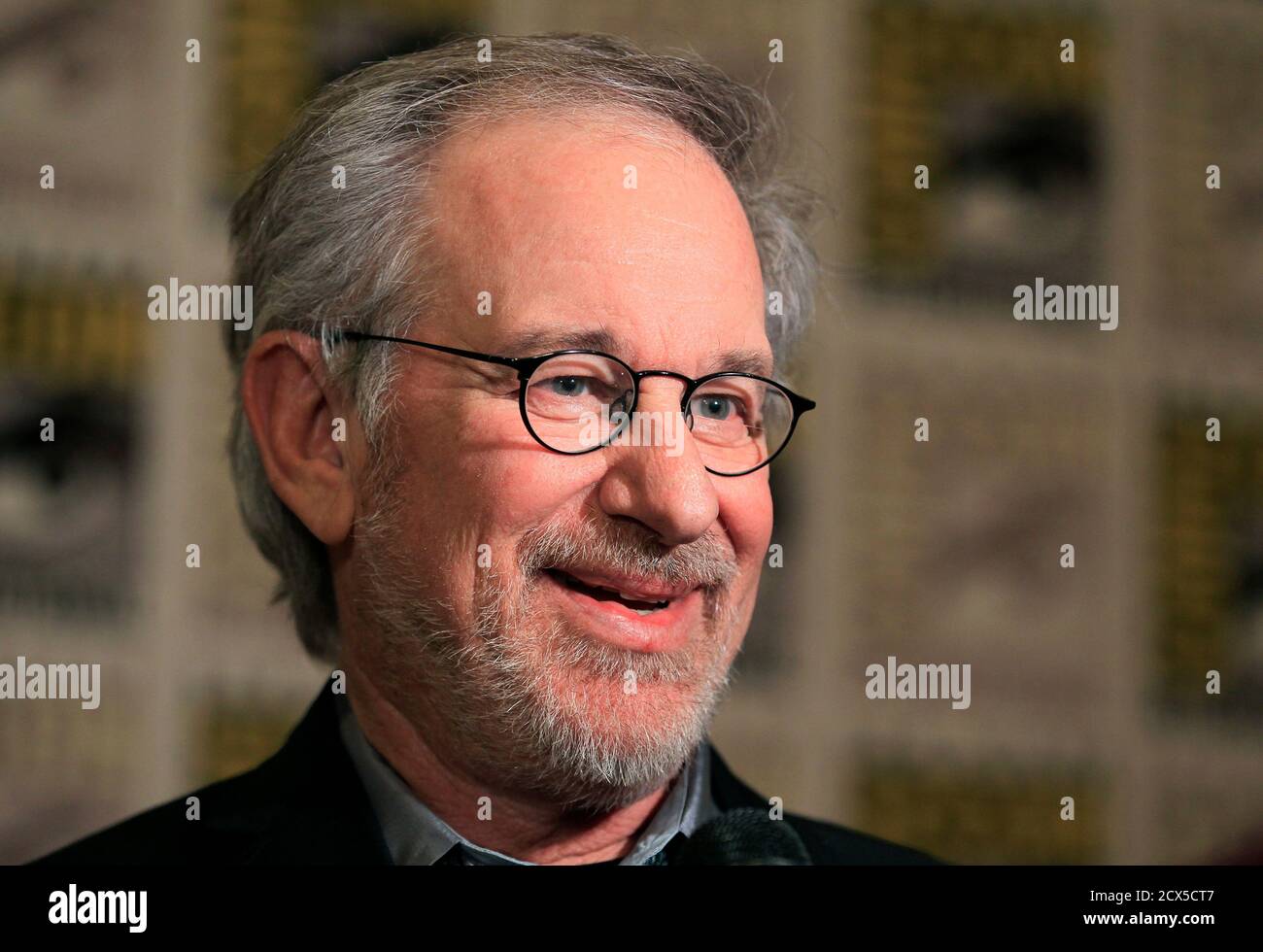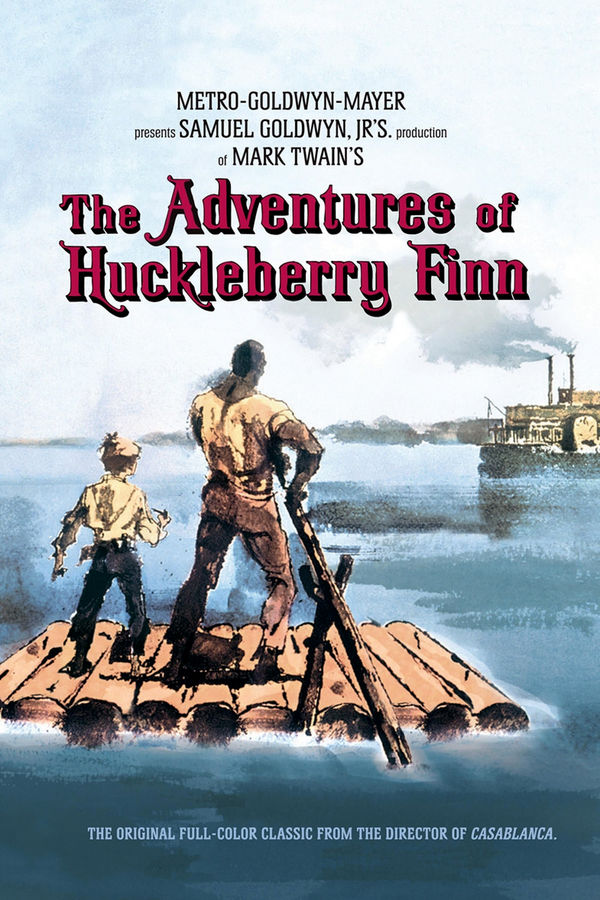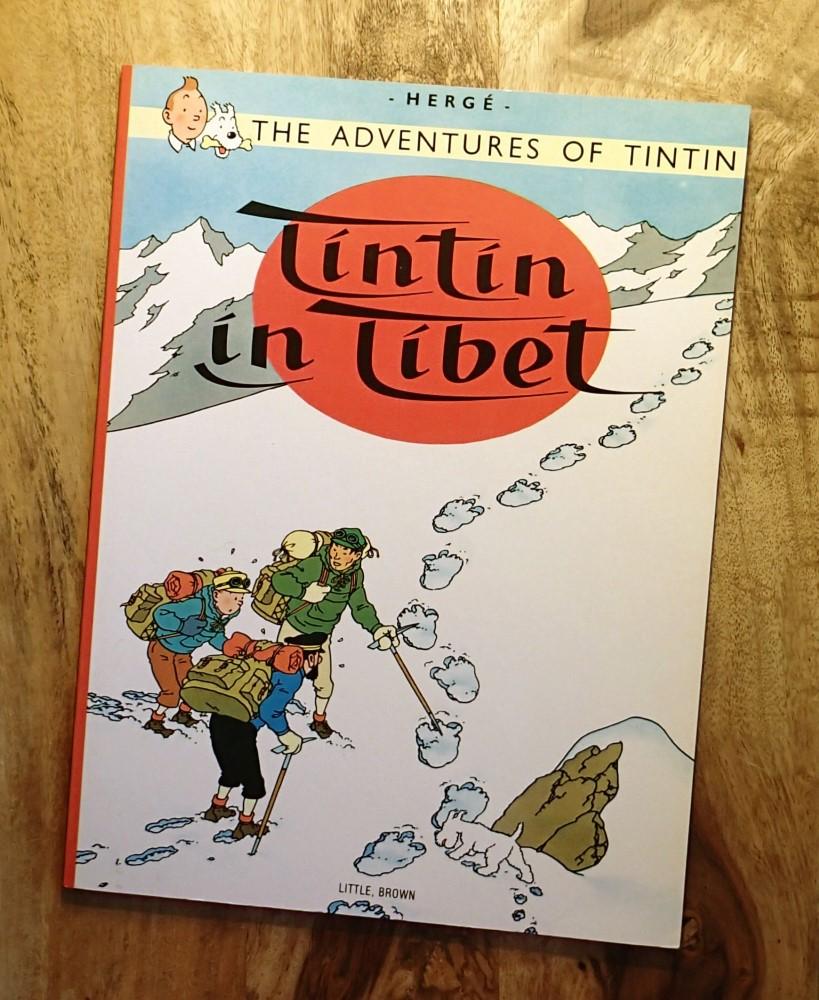
If it’s so easy, why aren’t the chases in other mocap movies this good? While that’s undoubtedly true, the notion that mocap-directing a bravura chase is easy is a false premise. There’s no actual camera, they argued, so choreographing this chase is “easier” or “less impressive” than a similar one in live-action. Some critics dismissed Spielberg’s fluid imagery in scenes like this one specifically because “Tintin” is motion captured. (NOTE: The music in this clip is not from the film’s actual soundtrack - I suggest just turning off the volume and focusing on the visuals.) The camera’s movements are designed later by the director and his animators - and Spielberg’s is constantly swooping, circling, diving, flying - or, as in this absolutely brilliant chase sequence, all of the above simultaneously without a single cut. The actors wore special suits that recorded their performances, which were then fed into computers and used to animate their digital alter egos. Even in close-ups, the camera is twitchy and nervous, zooming, tracking, and shifting as if it’s being operated handheld even though there’s actually no camera involved here at all - “Tintin” was motion captured on the same high-tech stage where James Cameron shot “Avatar,” and then digitally animated by the wizards of producer Peter Jackson’s Weta Digital.
#The adventures of tintin box office movie#
This movie makes Scorsese at his most cocaineiest look like Ozu at his most sedate. I’ve never kept an exact count, but if I had to guess, I’d estimate there’s no more than a dozen shots in all 107 minutes of “The Adventures of Tintin” in which the camera is completely still. When it’s over, you want to take the ride all over again from the beginning. Once it starts, “Tintin” never stops until it ends. It’s a trail of breadcrumbs laid out along the track of a roller coaster with no brakes.

“The Adventures of Tintin” is the great “Indiana Jones” sequel we all wanted “Kingdom of the Crystal Skull” to be a breathless, globetrotting mystery-chase film with stunning set pieces and hilarious comic relief. In retrospect, I think the Academy, critics, and audiences backed the wrong horse (Thank you! I’ll be here all week! Try the veal!). To put it in perspective, the film has a lower score on Rotten Tomatoes than “Indiana Jones and the Kingdom of the Crystal Skull” - a movie that basically no one (outside of David Ehrlich and Kenji Fujishima) likes. Meanwhile, critics complained about its “wearisome” structure, “thinly drawn characters,” and “distracting” motion captured visuals.


Although “Tintin” earned almost $300 million overseas (where the original source material is much more well-known), it - the seemingly sure-fire animated family adventure film - was actually outgrossed domestically by “War Horse,” $79.8 million to $77.5 million. It opened within days of Spielberg’s other 2011 movie, “War Horse,” which was based on an acclaimed novel and play and went on to earn six Academy Award nominations (“Tintin,” which earned just one nomination for its John Williams Score, didn’t even get a nod for Best Animated Feature).
#The adventures of tintin box office series#
“Tintin,” based on the iconic series of graphic novels by Belgian cartoonist Herge, was not particularly well-received upon its initial release almost 18 months ago.


 0 kommentar(er)
0 kommentar(er)
